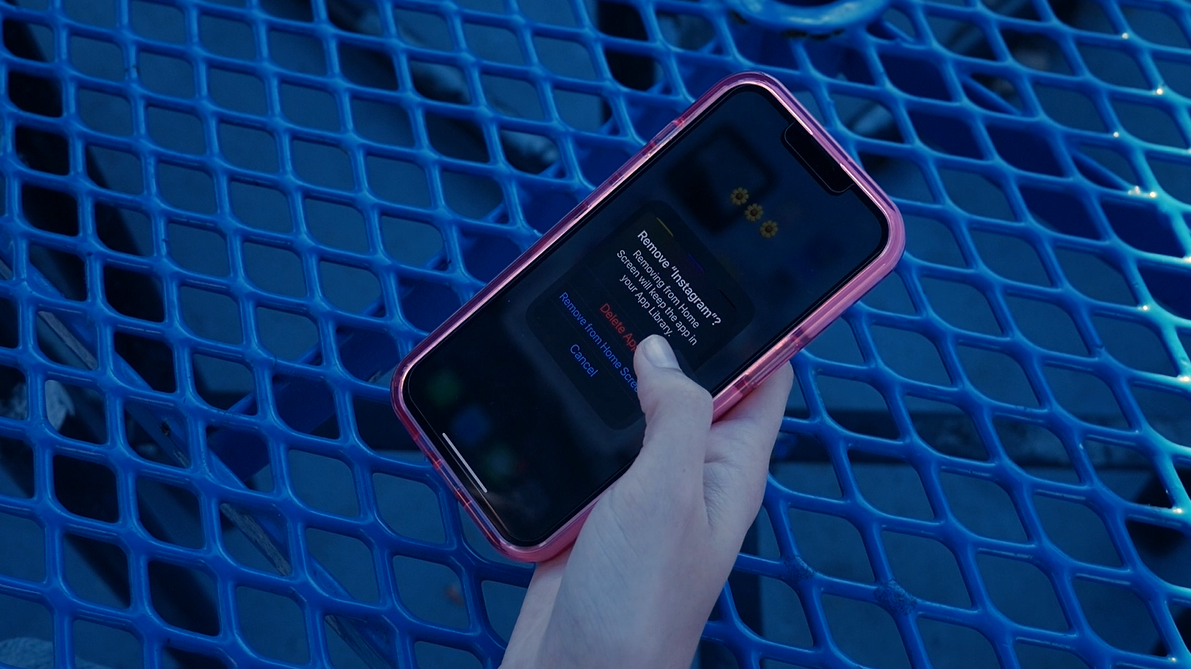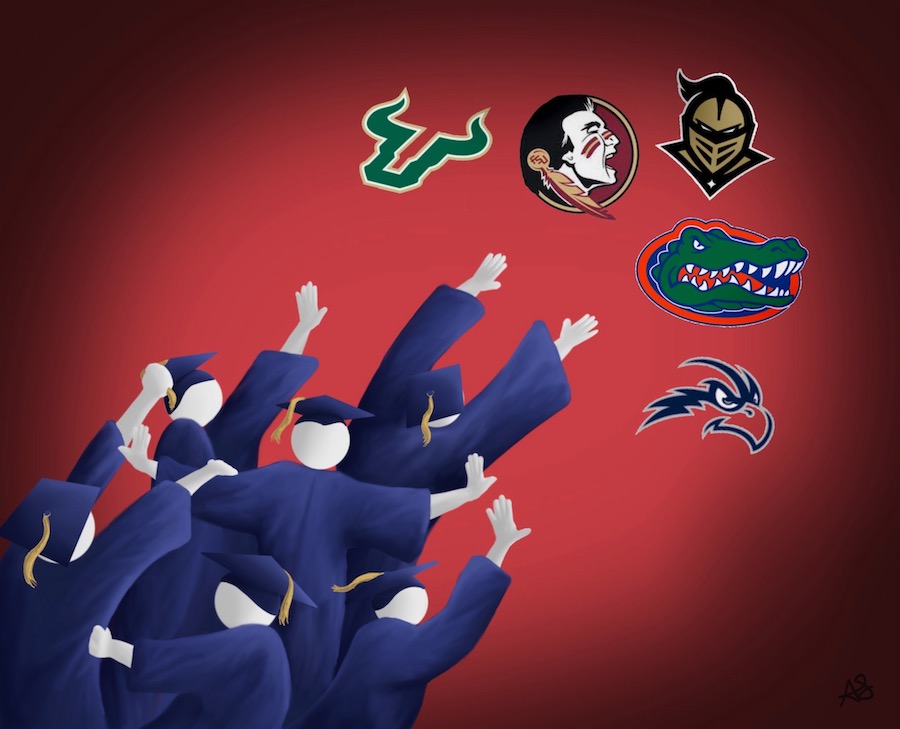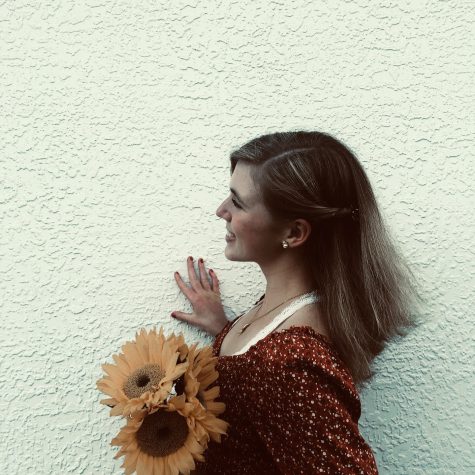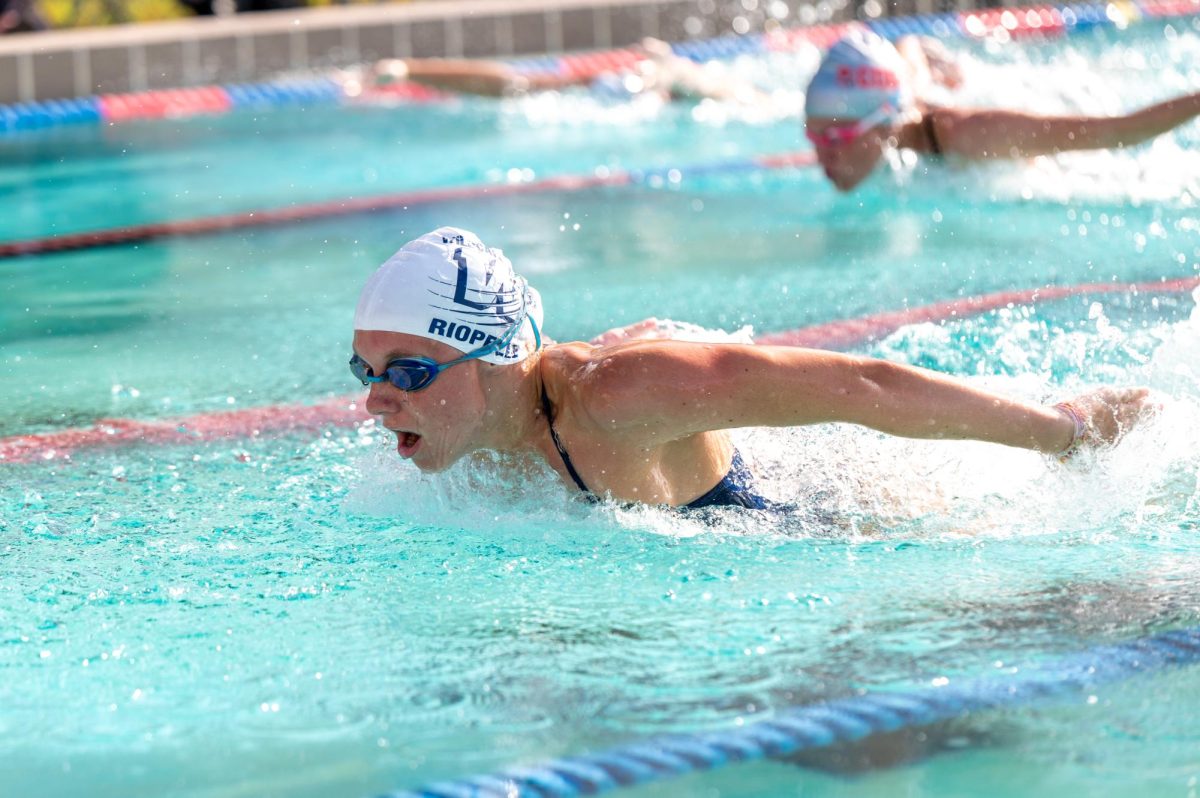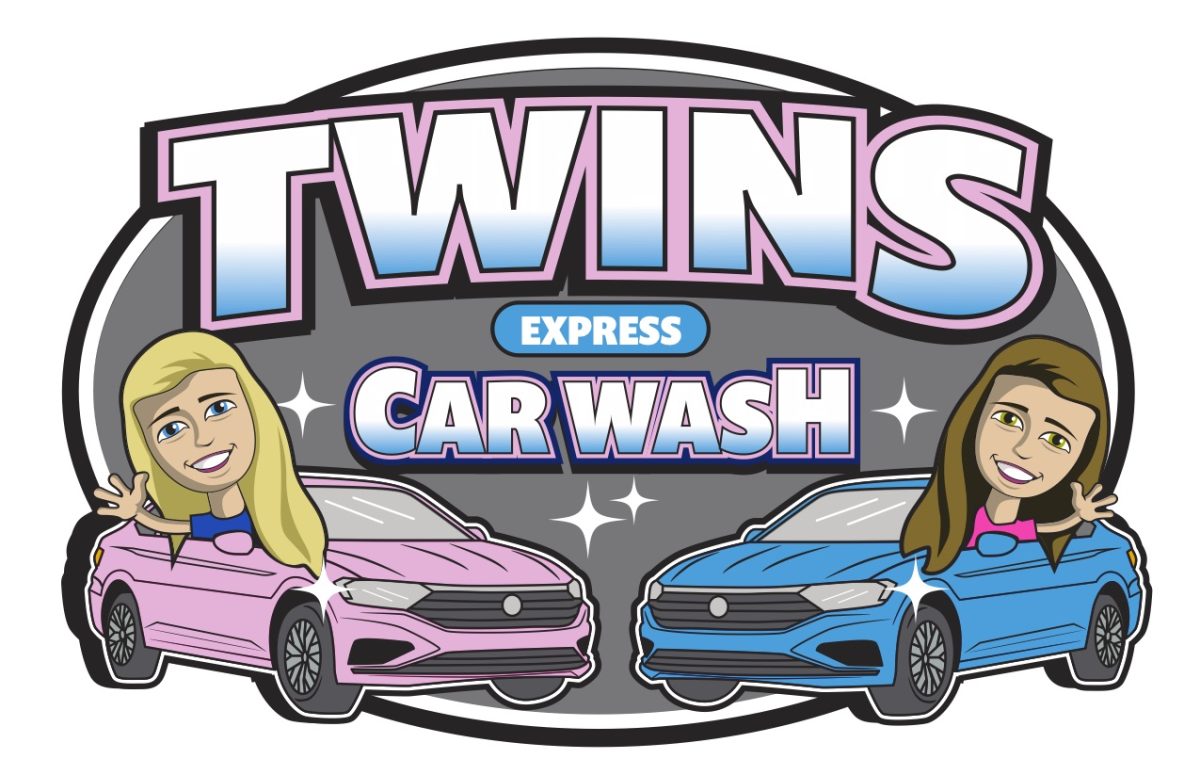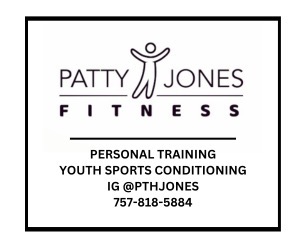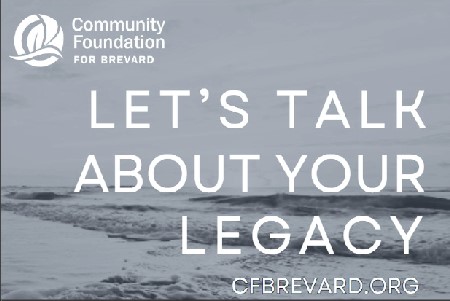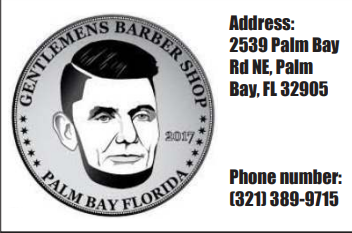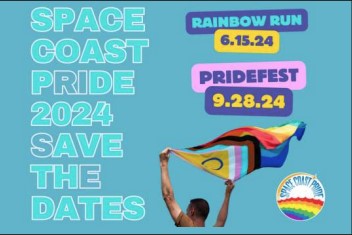College admission decisions complex, confusing — and conflicting
August 17, 2022
Recent graduate Amy Yang didn’t expect to receive an acceptance letter from the University of Miami on April 1.
“I didn’t even apply early decision,” Yang said. “I had other friends who did, and they got wait-listed. These are people who had much higher stats than me, so after that I was like ‘I’m not going to get in.’”
Yang committed to UMiami in the last week of April, but said she did not think her academic resume was as compelling as other UMiami applicants.
“These are people I’ve been at the school with for six years now,” Yang said. “I know these people are smart in ways that I’m not. I heard a lot of stories from people who were in love with UMiami and are deserving of getting in.”
Yang said out of the 16 schools she applied to, she initially wanted to go out-of-state or to the University of Florida to study health sciences with an eye toward a career in ophthalmology. Having finally set her top choice as UF, she was accepted into the universities Pathway to Campus Enrollment Program, or PaCE. UF’s 97 percent freshmen retention rate creates enough space for students to take a seat on campus once completing their 60 credit hours online through PaCE. UF’s West Coast Regional Admissions Officer Pam Lang said students are compared fairly.
“We compare apples to apples,” Lang said. “Some schools may have a whole lot of [Advanced Placement] courses where other schools may have two or three. We take that into consideration.”
UF admissions re-calculates every student’s weighted GPA and views tests scores, high school course schedules, the personal essays and activities and awards. Lang said some universities track interest and document applicants’ commitment to a school based on tour visits, website searches and email communication. UF does not track interest.
“If you’re not sure about visiting campus or attending virtual event, I would reach out to the admissions office and ask if they track interest,” Lang said.
Recent graduate Madeline Huberman was deferred as an Early Action applicant, then wait-listed for UMiami in April. Principal Rick Fleming connected with his alma mater’s admissions office to understand why students were rejected.
“[Fleming] said they wanted students who ‘bleed orange and green,’” Huberman said. “On top of that he asked about [me being a] legacy, and they didn’t count that. So how do you expect to find die-hard Miami fans?”
Huberman is committed to attend UF in the fall to major in microbiology and cell science. Lang said with a 10,000 increase in the applicant pool more students will be denied.
“I remember, even for myself I didn’t get into UF, which I was surprised and upset about at first because it seems like everyone wants to go there,” 2018 alumna Dominique Sims said. “That’s just how it is for undergrad — it’s really competitive. It’s hard to differentiate yourself from all of the other people applying.”
Sims received her undergraduate degree from the University of Central Florida on May 7 and is pursuing her Ph.D. at Yale University in the fall.
In the end, Sims said she took a cost-effective route by staying in-state, and chose to attend UCF as a chemistry major based on its diversity, campus life and location.
“Take rejection gently,” Sims said. “It’s such a black hole sometimes — the applications process and why they pick some students over others. If it’s meant to be, it will be.”
Sims applied to Yale, Harvard, Stanford, Duke and Scripps Research Institute. She was accepted into all universities except for Harvard and was wait-listed for Stanford. Although not unheard of, Sims said it is unusual for graduate schools to accept a student into a Ph.D. program straight from an undergraduate program.
“Don’t question your ability and apply to programs you want to go to no matter what you think,” Sims said. “The worst that could happen is that they say ‘no,’ which is fine.”









































